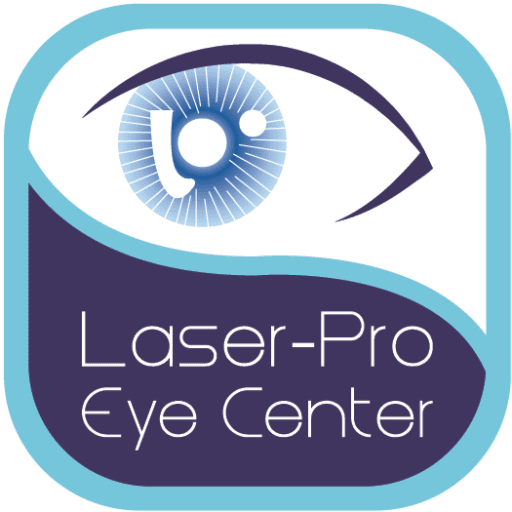Glaucoma
Treatment
What is Glaucoma?
Glaucoma is a disease of the optic nerve. The optic nerve connects the eye with the brain. The disease is often asymptomatic and people may lose vision without knowing it. Usually we lose the field of vision from the periphery and ultimately the central field and only then will we realize the vision loss. That is why, it’s commonly known as the “sneak thief of sight “.
Glaucoma is an optic neuropathy with characteristic optic nerve and visual field changes. Most but not all of these diseases are characterized by increase in intraocular pressure (IOP). The level of pressure that can cause damage to the optic nerve varies in different individuals and damage occurs at the level the eyes cannot tolerate. Importantly some eyes may develop damage at relatively low intraocular pressures whereas other eyes may not develop damage at relatively high intraocular pressures.
Glaucoma can be broadly divided into either open or closed angle glaucoma based on the anatomy of the drainage system of the eye. In order to visualize the angles, we need to examine the angles with a special lens and this is known as gonioscopy. If the angles are found to be narrow or closed, laser treatment to create an alternative flow may be required. Within the categories of open and closed angle glaucoma there are many subtypes of glaucoma.
Several types of Glaucoma:
- Open Angles – accounts for the vast majority of patients in most countries. It has no symptoms and usually progress slowly due to the slow and painless increase in IOP.
- Closed angles: it can be either acute or chronic. Acute angle closure is characterized by sudden, painful red eye with blurring of vision due to dramatic rise in IOP. May be associated with headaches and nausea /vomiting. This is an eye emergency that needs urgent attention. If not treated promptly, it can cause substantial vision loss.
On the other hand, chronic angle closure behaves like an open angle with no symptoms.
- Congenital Glaucoma –occurs at birth and if not appropriately diagnosed and managed, can cause irreversible loss of vision. If the infant’s eye appears enlarged/bigger (buphthalmos) with hazy cornea, tearing and photophobia (usually light sensitive), the parents have to get an ophthalmology consult.
- Secondary Glaucoma- the condition can either cause open or closed angle glaucoma. The causes are many but the common ones in the young are steroid induced glaucoma, in the older age group poorly controlled diabetes mellitus, inflammation of the eye (uveitis), previous eye surgeries, trauma (injuries) to the eyes and even cataracts in advanced stages.
How to Prevent /Avoid Glaucoma
Most risk factors like advancing age / genetic or hereditary / race risk factors cannot be prevented, so regular follow-ups is important for early diagnosis and treatment.
Risk factors for Glaucoma**
- Advancing age
- Increased Intraocular pressure
- Ethnicity- Asians are more susceptible to angle closure compared to Caucasians
- Strong Family history
- Refractory error- Myopia (short sightedness) for open angle Glaucoma and Hyperopia (long sightedness) for angle closure
- Vascular Diseases- Diabetes Mellitus/ Hypertension
- Thin Central corneal thickness
(** not an exhaustive list)
Diagnosis
Typically, there is no single test to diagnose glaucoma. Diagnosis and treatment of glaucoma is based on many different tests and findings.
In most cases, it is a diagnosis made based on:
- Intraocular pressure (IOP)
- Detailed examination of the optic nerve
- Visual fields
- Gonioscopy (visualizing angle structures)
- Imaging tools (OCT/UBM and others)
Treatment
Glaucoma cannot be cured but in most cases, can be controlled successfully to maintain the visual fields and thus a good quality of life (QoL).
Treatment depends on many factors like stage of the disease /primary or secondary/open or closed and all these need to be appropriately managed.
Treatment modalities includes:
- Eye drops
- Oral Medications (when IOP cannot be adequately controlled with eye drops)
- Laser Surgeries (PI/ALT/SLT/ Titrated cyclomodulation)
- Glaucoma Surgeries (Trabeculectomy/ Glaucoma drainage device/MIGS)
- Cataract surgery
All the above treatment are to lower the IOP to a safe level, so that damage to the optic nerve is reduced /minimized.
Even after successful IOP control, regular monitoring is required to make sure the disease is not progressing.
Glaucoma is a chronic condition and requires life long treatment and follow-ups.
The aim of the treatment is to preserve the remaining vision for as long as possible and thus maintain a good quality of life. The damage to the optic nerve cannot be reversed hence the importance of early diagnosis and treatment.



